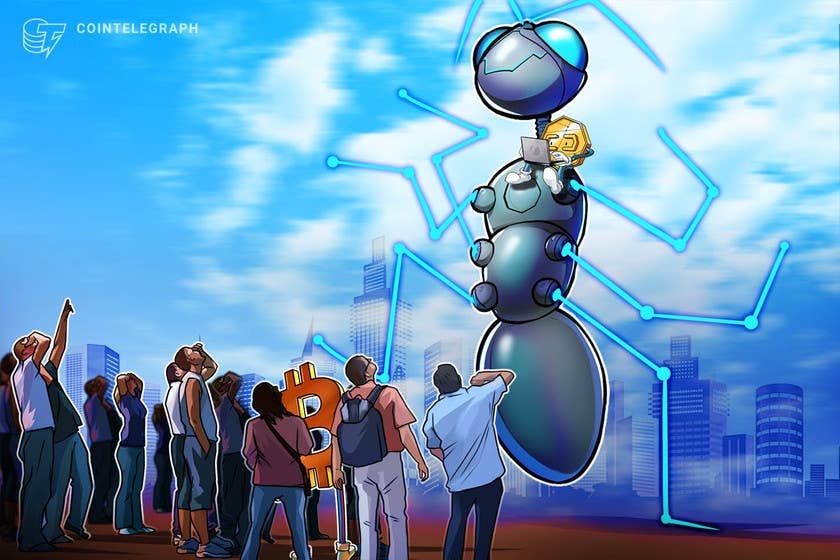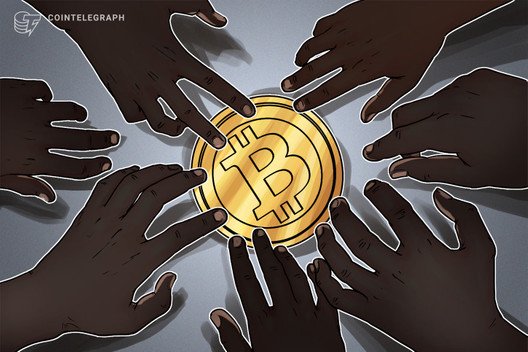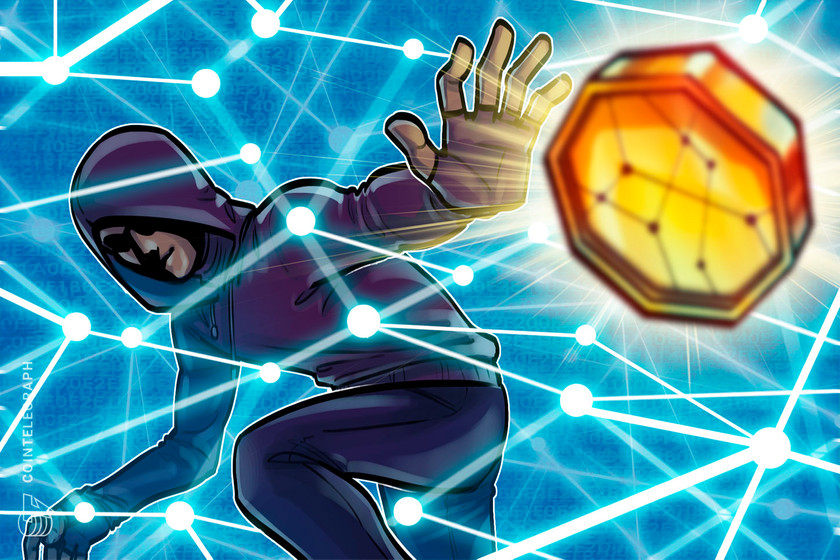Civic engagement and crypto: Miami unveils its own digital coin
On June 2, 2021, Miami Mayor Francis Suarez tweeted that “MiamiCoin” will be the first “CityCoin” ever to be launched, representing Miami’s very own cryptocurrency. Fast forward about two months later and the anticipation surrounding the release of MiamiCoin has been on the rise.
Initially, it may appear as if the Magic City’s digital currency will function just like other cryptocurrencies that can be bought, sold and traded to profit both investors and the city of Miami. Yet, “MiamiCoin” is quite unique from other digital currencies.
A developer platform for cities
Patrick Stanley, founder and CEO of CityCoins — the project behind MiamiCoin — told Cointelegraph that MiamiCoin (MIA) can actually be considered as a developer platform for cities. “MiamiCoin, being the first-ever CityCoin, is entirely programmable. Therefore, applications can easily be built on top of it,” said Stanley.
Specifically speaking, CityCoins is a project built on Stacks, which is an open-source network of decentralized applications (DApps) and smart contracts built adjacent to the Bitcoin blockchain. This means that MiamiCoin, which was officially activated on August 3, could be considered as a DApp powered by the Stacks network — a smart contract platform built on the Bitcoin network. As such, Stanley explained that MiamiCoin cannot be pre-mined or bought at the moment:
“The community launched MiamiCoin, so everyone has to mine $MIA fairly and equally. This represents open membership mining, which is the same concept as when Satoshi launched Bitcoin. Mining officially began on August 4.”
Regarding the tokenomics behind MiamiCoin, Stanley mentioned that during the first two weeks of mining MIA, the base currency being used to mine CityCoin — which is Stacks’ STX token — will go directly into a reserved wallet claimed by the city of Miami. After two weeks, 30% of all those funds will remain in the reserved wallet, while 70% will be allocated to the miners.
Stanley further shared that because CityCoins is powered by Stacks, users will be able to swap between MIA and Bitcoin (BTC) when performing a Bitcoin transaction. “We consider Bitcoin as something that can power many other applications, though it’s currently underutilized,” commented Stanley. To his point, most DApps are currently built on Ethereum, which saw a number of increased activity last year.
“Community money” enabled by crypto
An important point to note here is that 30% of the mined MIA will be allocated to the city of Miami. According to an article published by The Miami Herald last month, city officials mentioned that MiamiCoin could be used to build roads, parks and other public infrastructures.
Stanley noted that the city of Miami leveraging MIA for civic engagement is extremely important, given the community aspect behind CityCoins. According to Stanley, CityCoins are in a small part a coin for geographies, meaning those who value certain regions can show their support by holding digital currencies created for different cities. Stanley further remarked that over time, CityCoins will overflow to other communities across various regions.
While futuristic, this concept was part of the reason why the cryptocurrency exchange Okcoin pledged to list MIA on its platform. Haider Rafique, chief marketing officer at Okcoin, told Cointelegraph that there have been a few historically compelling projects and teams that have taken a long time to arrive in the United States. Rafique believes that CityCoins could potentially put together an ecosystem for different applications:
“By opening these markets, we bring investors in who can buy these assets and then further explore these ecosystems. For example, Stacks has various decentralized finance applications to interact with. We see CityCoins as having that same type of utility.”
Moreover, Rafique considers MiamiCoin to demonstrate a new way for people to leverage cryptocurrency to participate in civic engagement: “CityCoins is not just an incentive for retail investors, but also for governing bodies. Cryptocurrency shouldn’t just be about speculation, but also about real-world usage.” Rafique added that MIA will become tradable on Okcoin later on, once liquidity is created from mining.
Will the concept be widely adopted?
Although it’s notable that Miami is the first city to launch a CityCoins token, concerns around adoption and regulations remain. Tim Shields, a partner at Kelley Kronenberg’s Fort Lauderdale law office, told Cointelegraph that he doesn’t think MiamiCoin will result in widespread adoption: “The technological scheme of how MiamiCoin works is fairly complex and it will go beyond the scope of most people who already hold cryptocurrency.”
While this may be, Shields does believe that MIA will help further develop Miami’s growing tech ecosystem. According to Shields, MiamiCoin is yet another effort that highlights Miami’s openness and friendly stance toward cryptocurrency. Shields further remarked that Mayor Suarez has clearly been working on his goal of making Miami the Bitcoin capital of the world, and if nothing else, MiamiCoin shows that a city mayor can attract innovation in the blockchain space.
Related: Miami stakes the claim to become the world’s Bitcoin and crypto capital
Regarding regulations, Shields explained that this will likely be challenging, noting that he’s not sure how the city of Miami will hold MIA. “This may be held as property and then converted to cash,” he remarked.
Ben Bartlett, Berkeley City Council member and crypto lawyer, told Cointelegraph that the risks with MiamiCoin appear to be in assessing liquidity for the tokens. Bartlett also mentioned friction when leveraging MiamiCoin: “Ordinary people don’t have the bandwidth to deal with the complexities of wallets and seeing out the right exchange. There may be some regulatory issues that need to be carefully considered.”
Bartlett explained this is especially the case in light of new proposals laid out by the new digital asset infrastructure bill that aims to expand the definition of brokers to include miners and other linchpins of the crypto ecosystem.
Concerns aside, Bartlett remains hopeful that the city of Miami can resolve these issues by adopting an agile approach, ensuring popular participation while avoiding regulatory pitfalls. “I’m very excited and thankful for the mayor of Miami’s bold leadership. MiamiCoin represents the next level of governance and shared prosperity,” said Bartlett.









